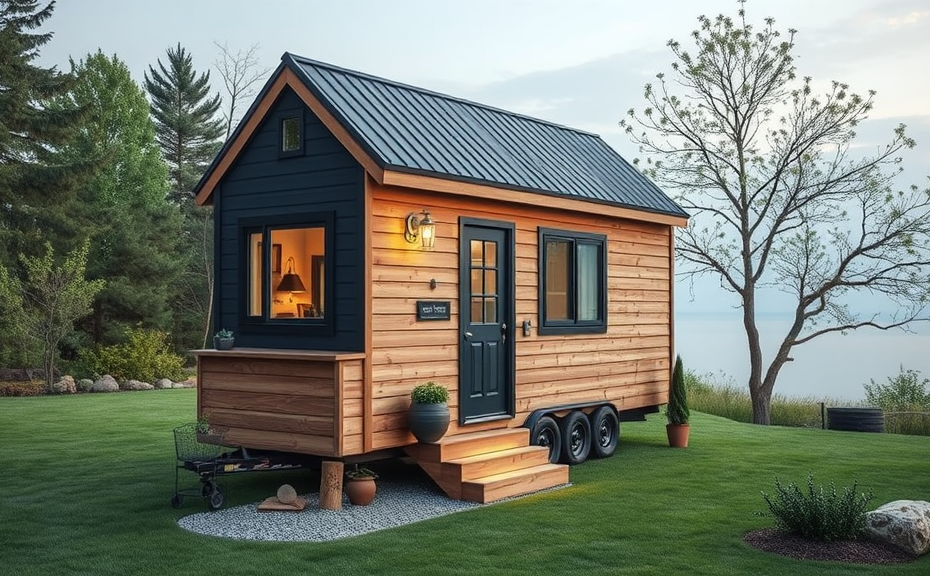The tiny house movement has garnered significant attention in recent years, particularly among millennials seeking alternatives to traditional housing. This movement emphasizes minimalist living, sustainability, and affordability, which resonate strongly with younger generations facing economic challenges such as student debt and rising home prices.
At its core, the tiny house movement advocates for downsizing living spaces, offering homes that often range from 100 to 400 square feet. These compact dwellings promote a lifestyle that prioritizes experiences over material possessions. Millennials, who are increasingly valuing flexibility and mobility, find the concept appealing. Many are drawn to the idea of reducing their environmental footprint while simultaneously alleviating the financial burden of homeownership.
Various factors contribute to millennial support for the tiny house movement:
- Affordability: With the high costs of rent and mortgages in urban areas, tiny homes present a viable solution for homeownership.
- Sustainability: Millennials are more environmentally conscious than previous generations, often preferring eco-friendly housing solutions.
- Flexibility: Tiny houses can be placed in various locations, appealing to those who enjoy a transient lifestyle or wish to relocate easily.
- Minimalism: The move towards a clutter-free lifestyle aligns well with the priorities of millennials, emphasizing quality over quantity.
As the tiny house movement continues to gain traction, it’s clear that millennials play a crucial role in its evolution. Their support signifies a shift in housing preferences, driven by economic factors and a desire for a simpler, more sustainable way of life. This trend not only reflects changing values but also presents innovative solutions to contemporary housing challenges, showcasing a new narrative in the realm of homeownership.
